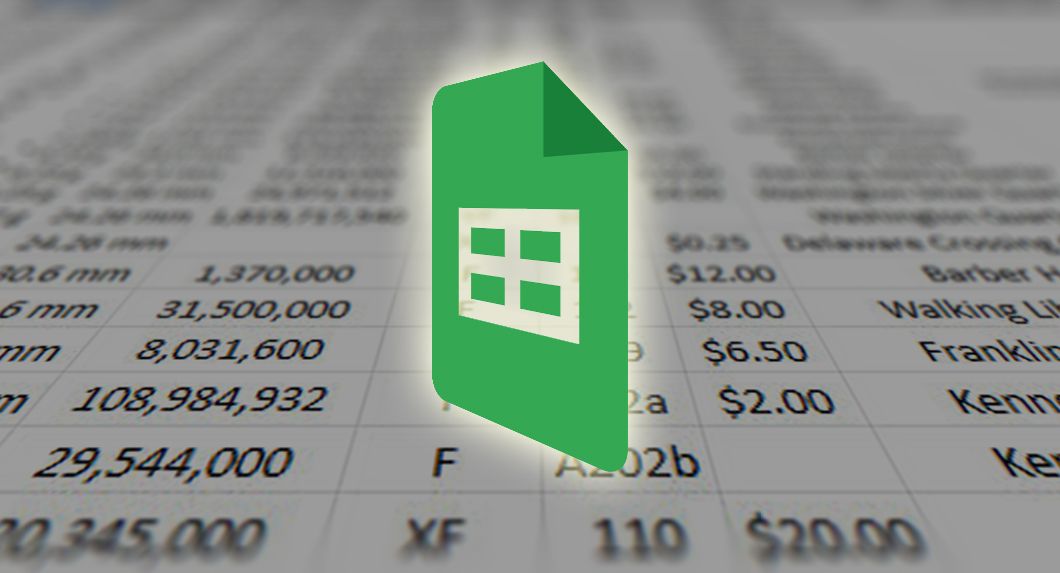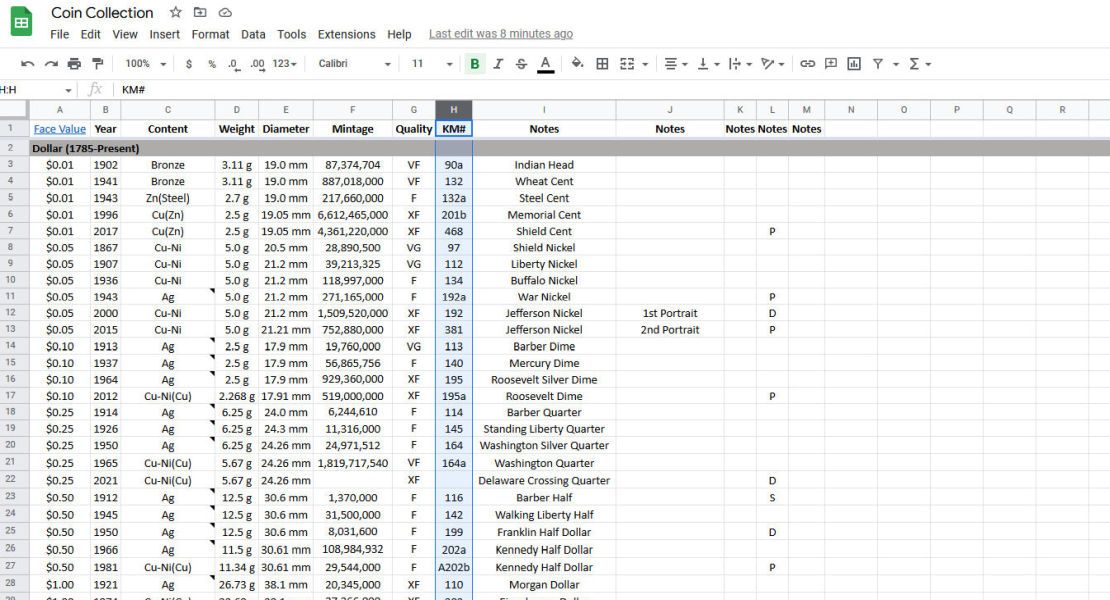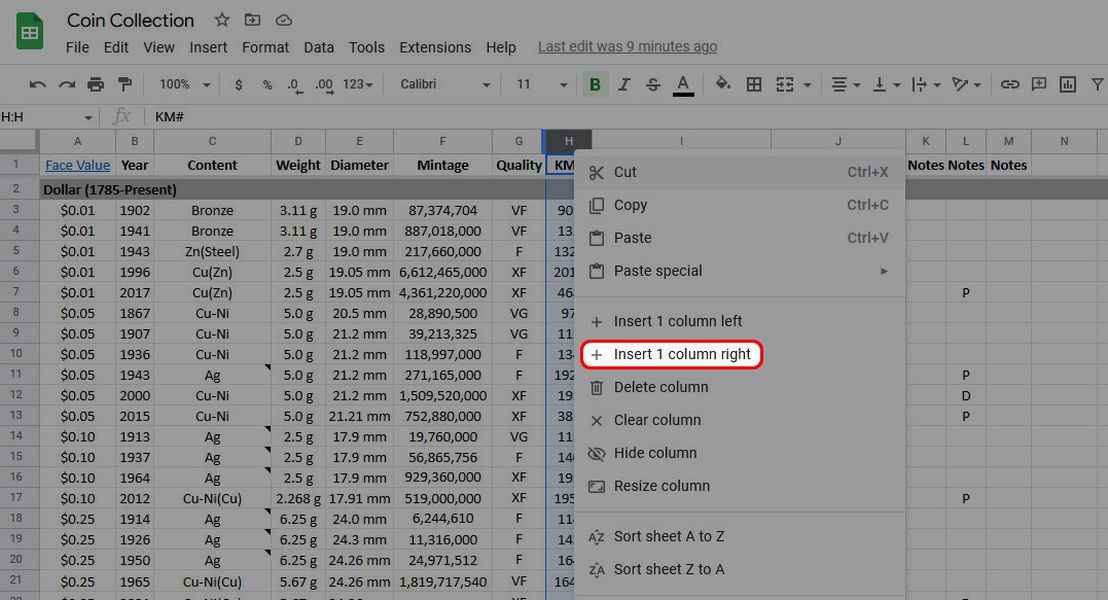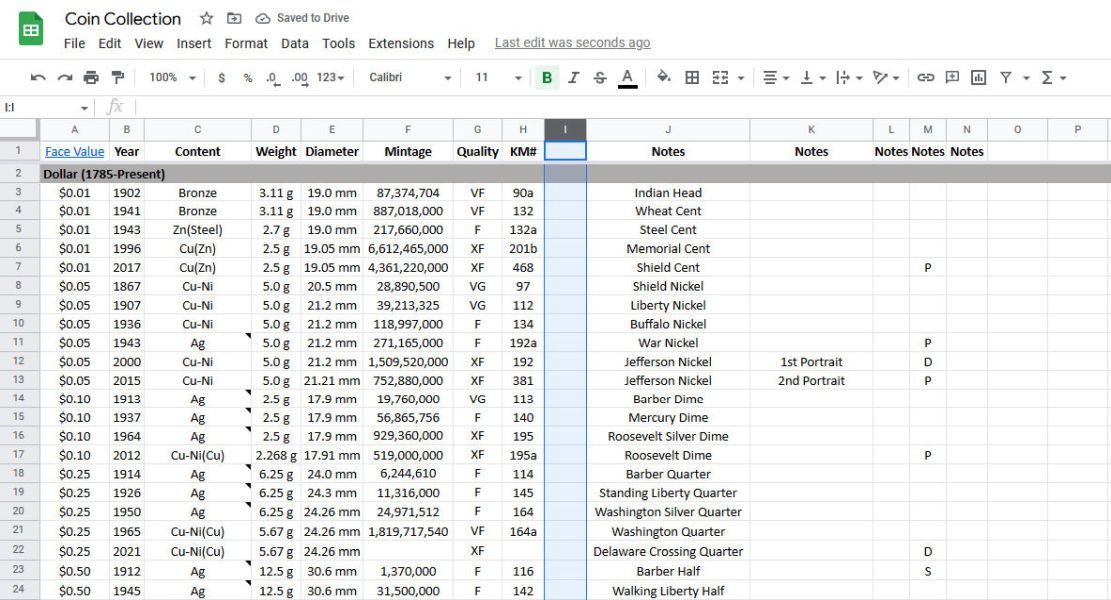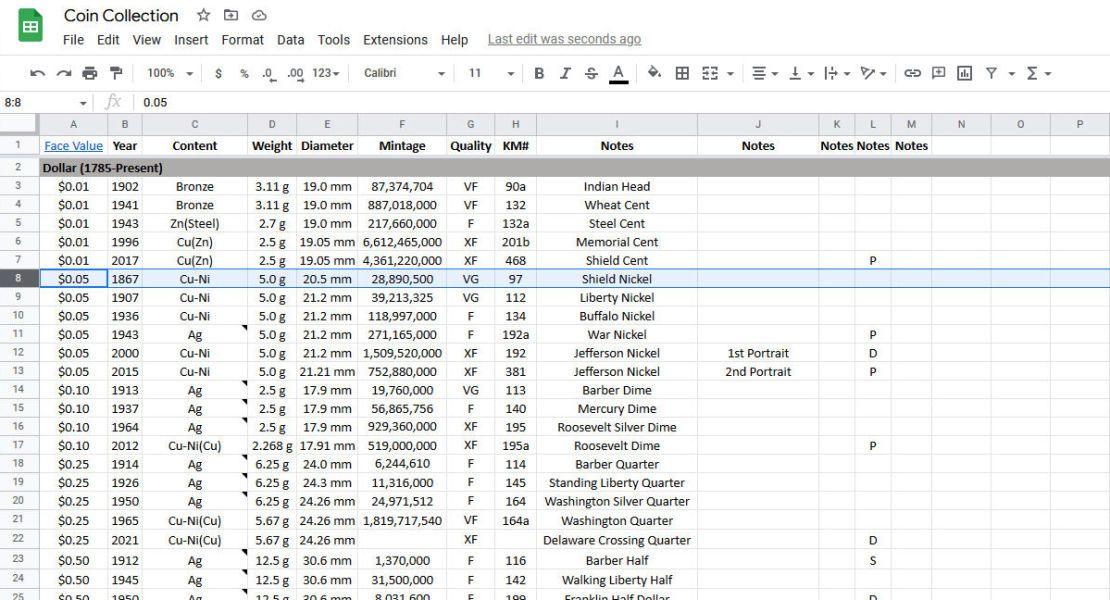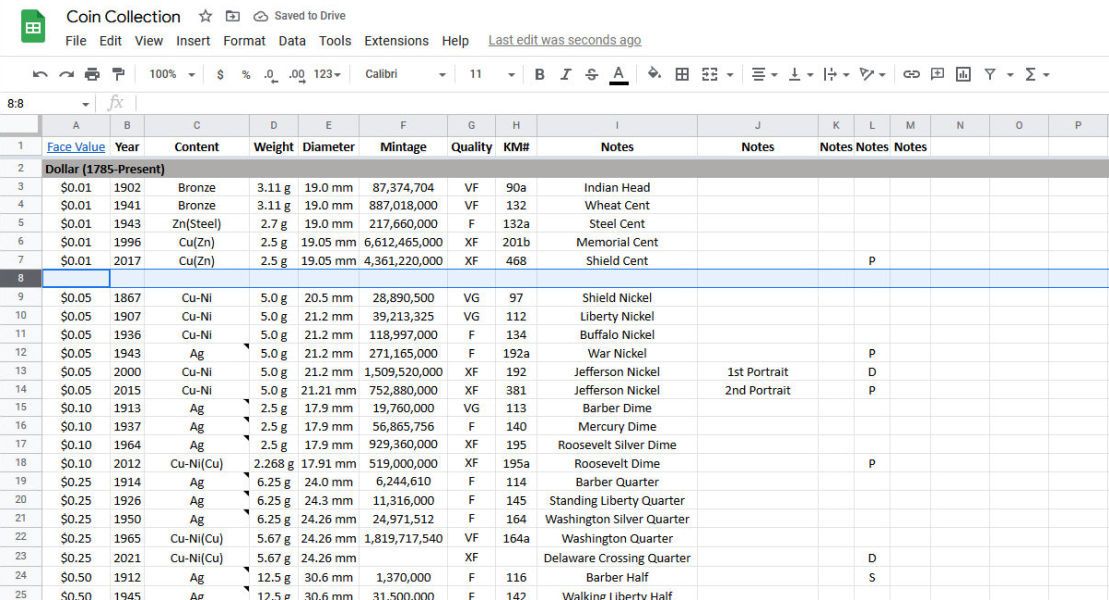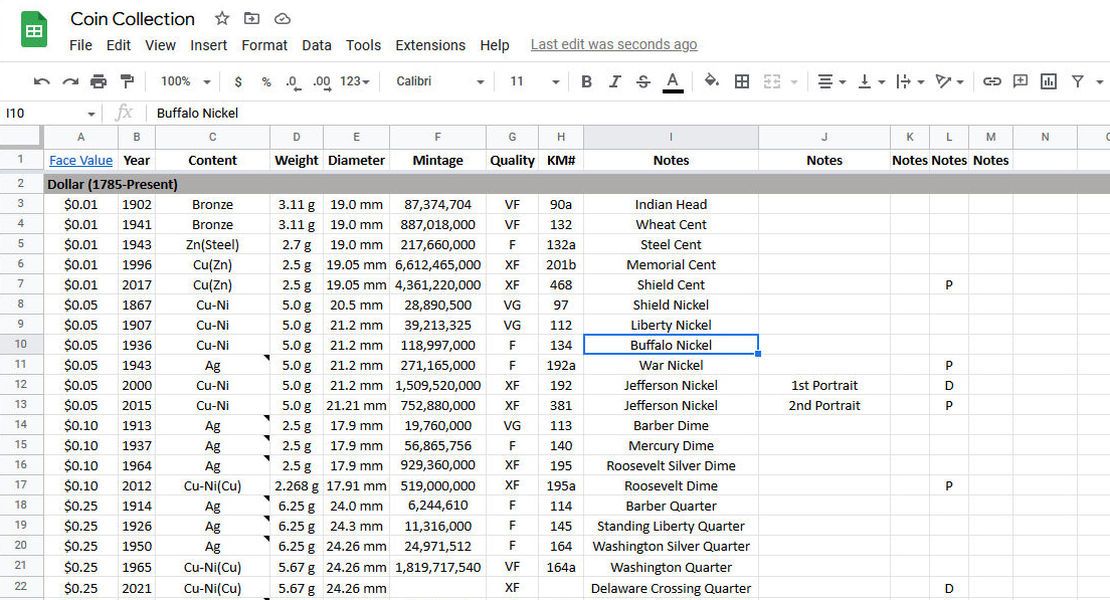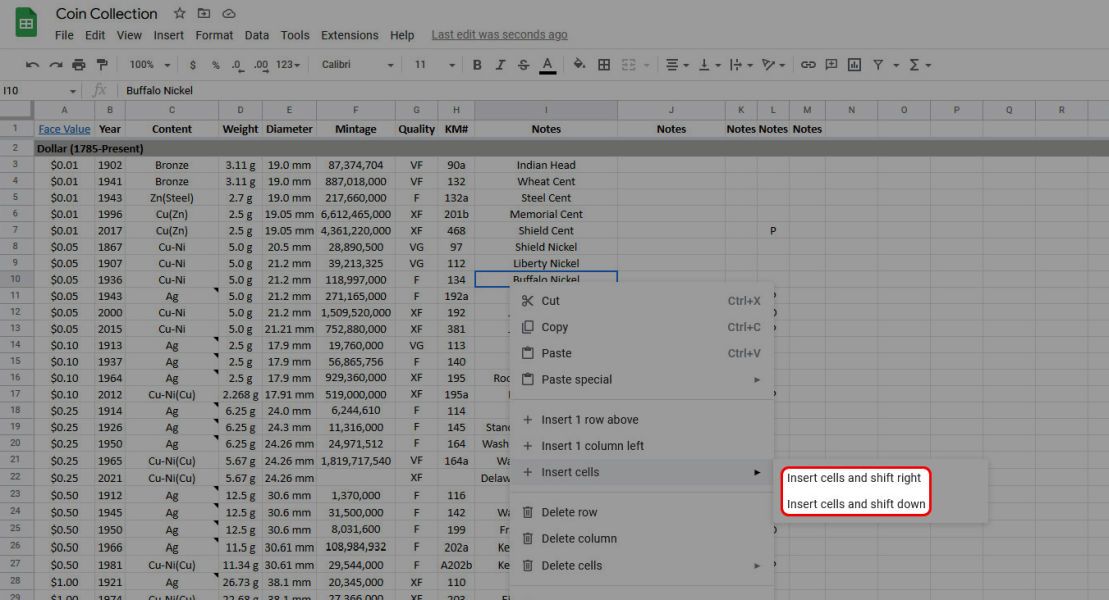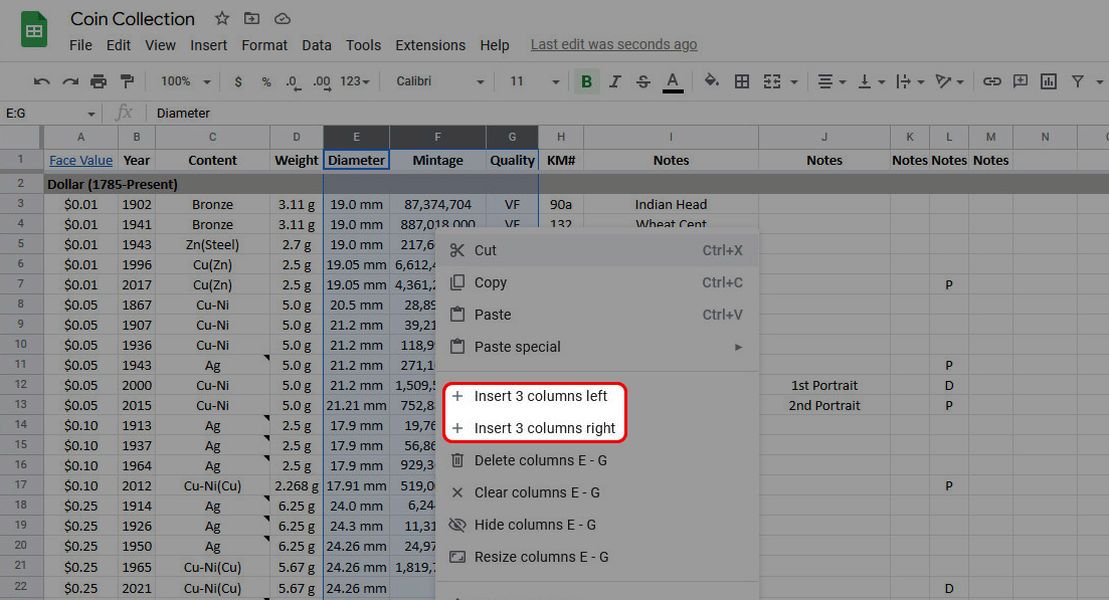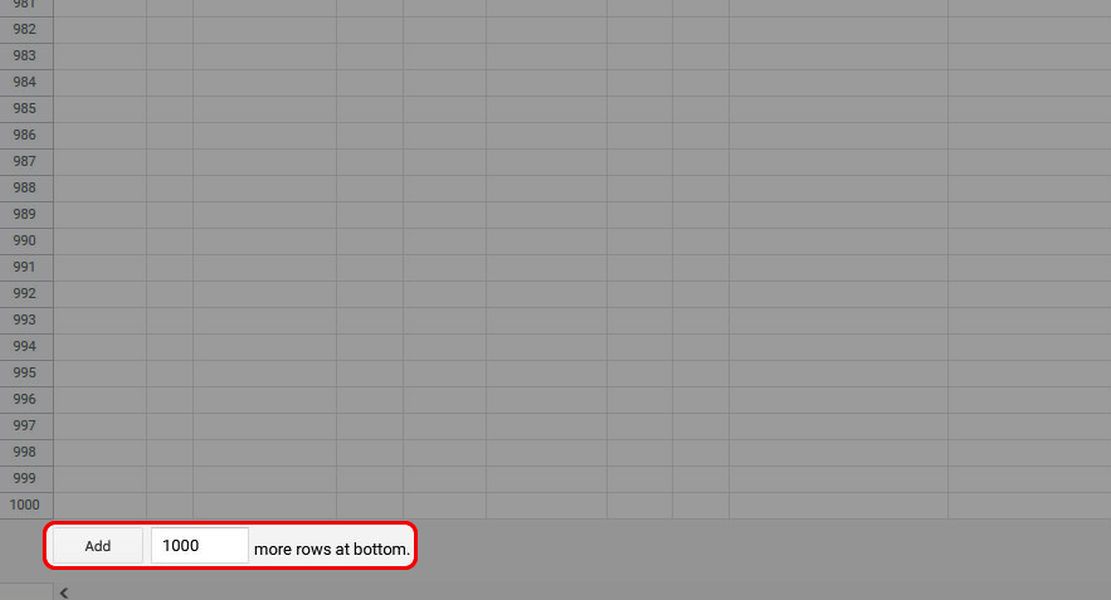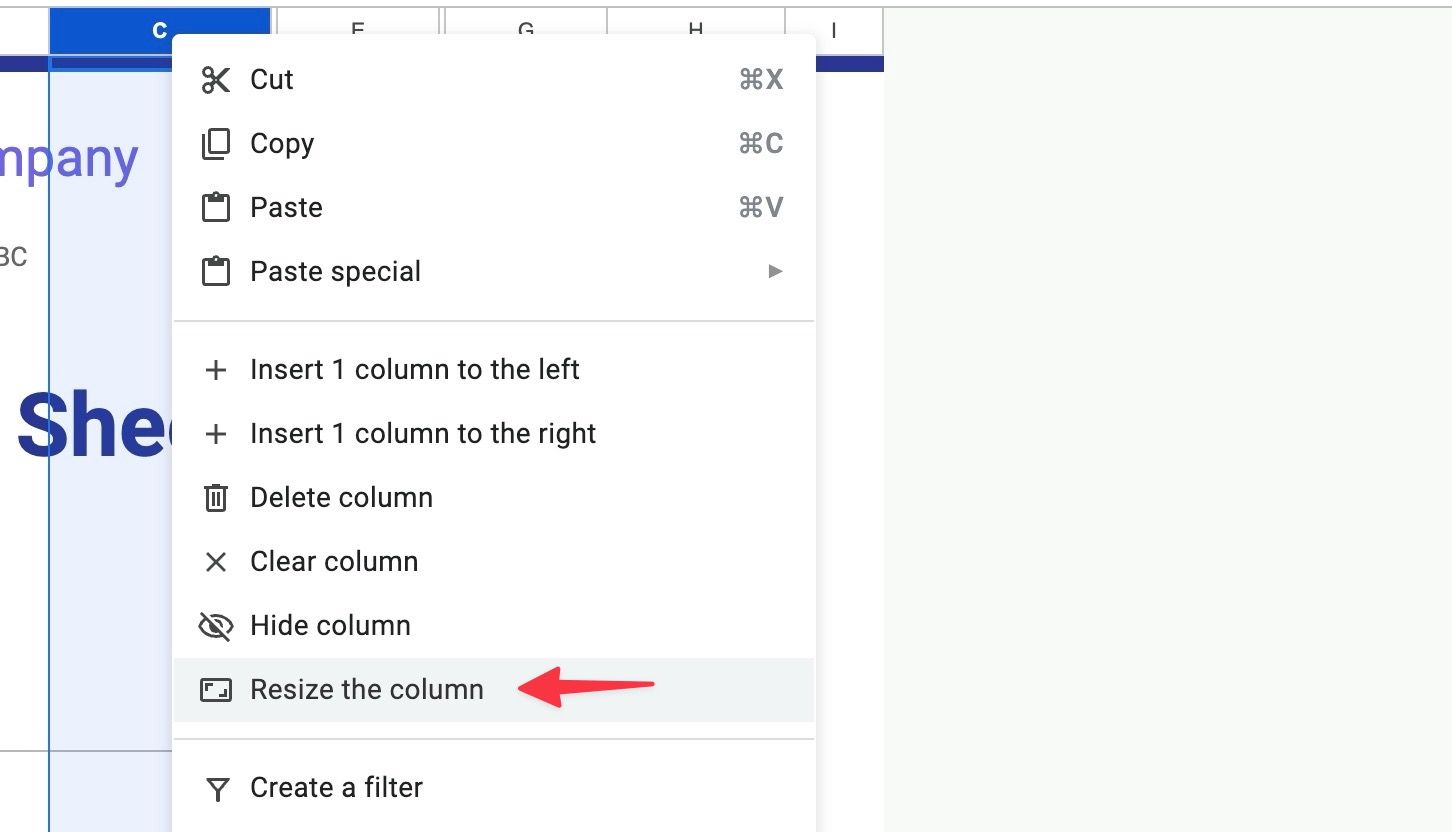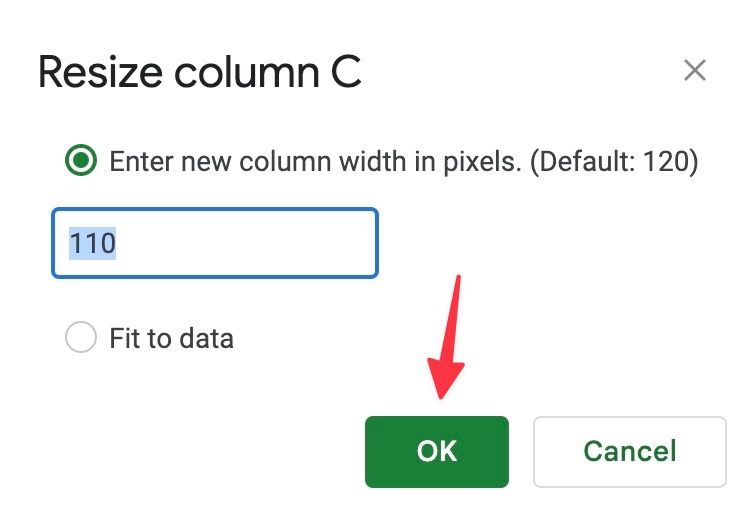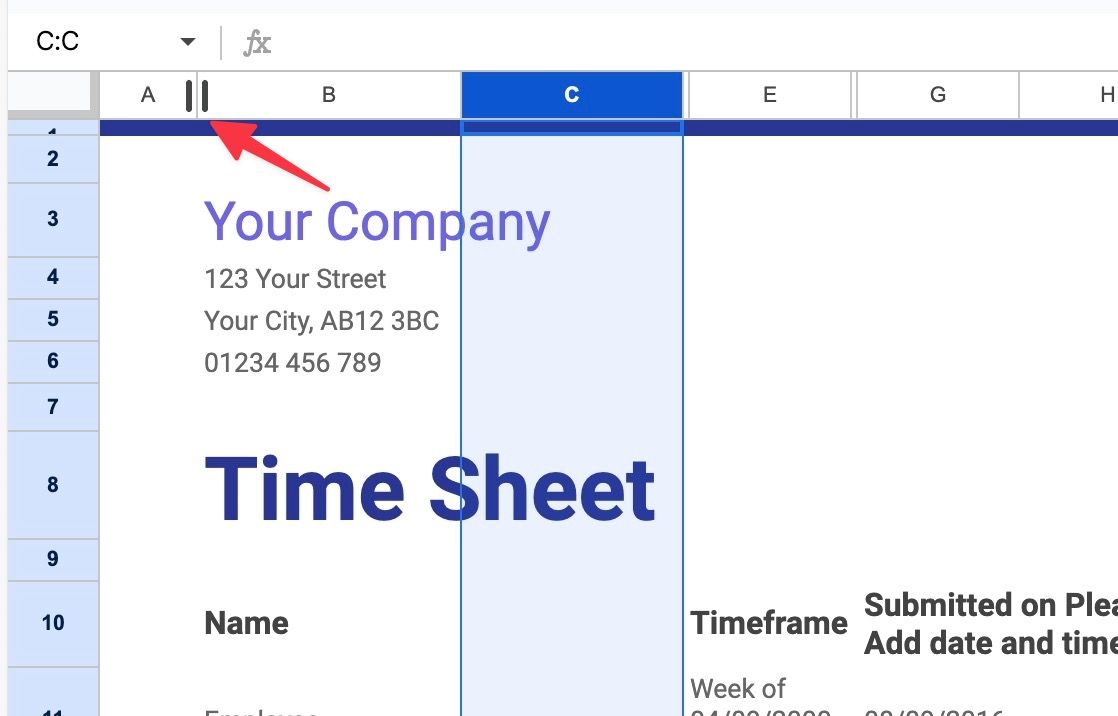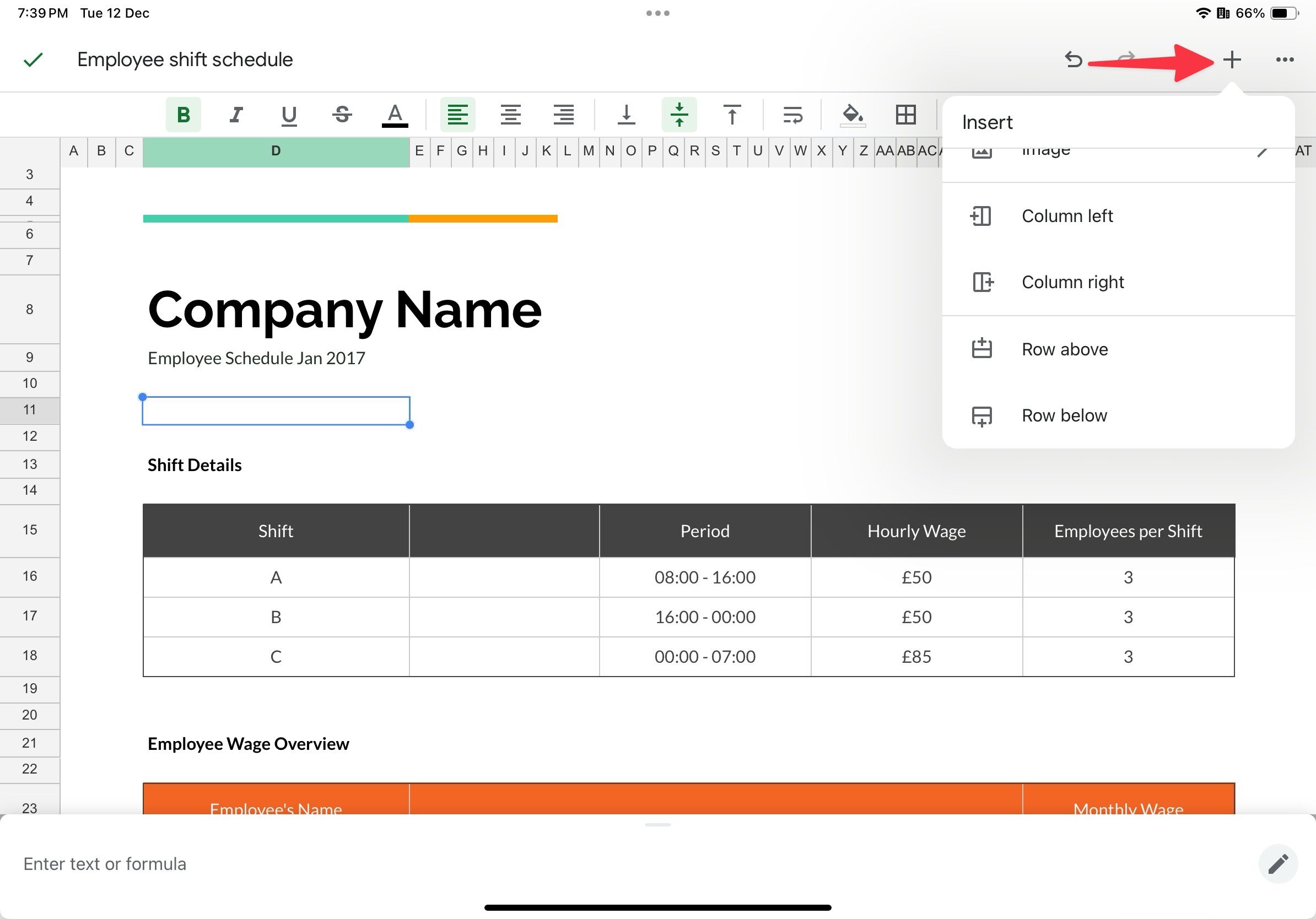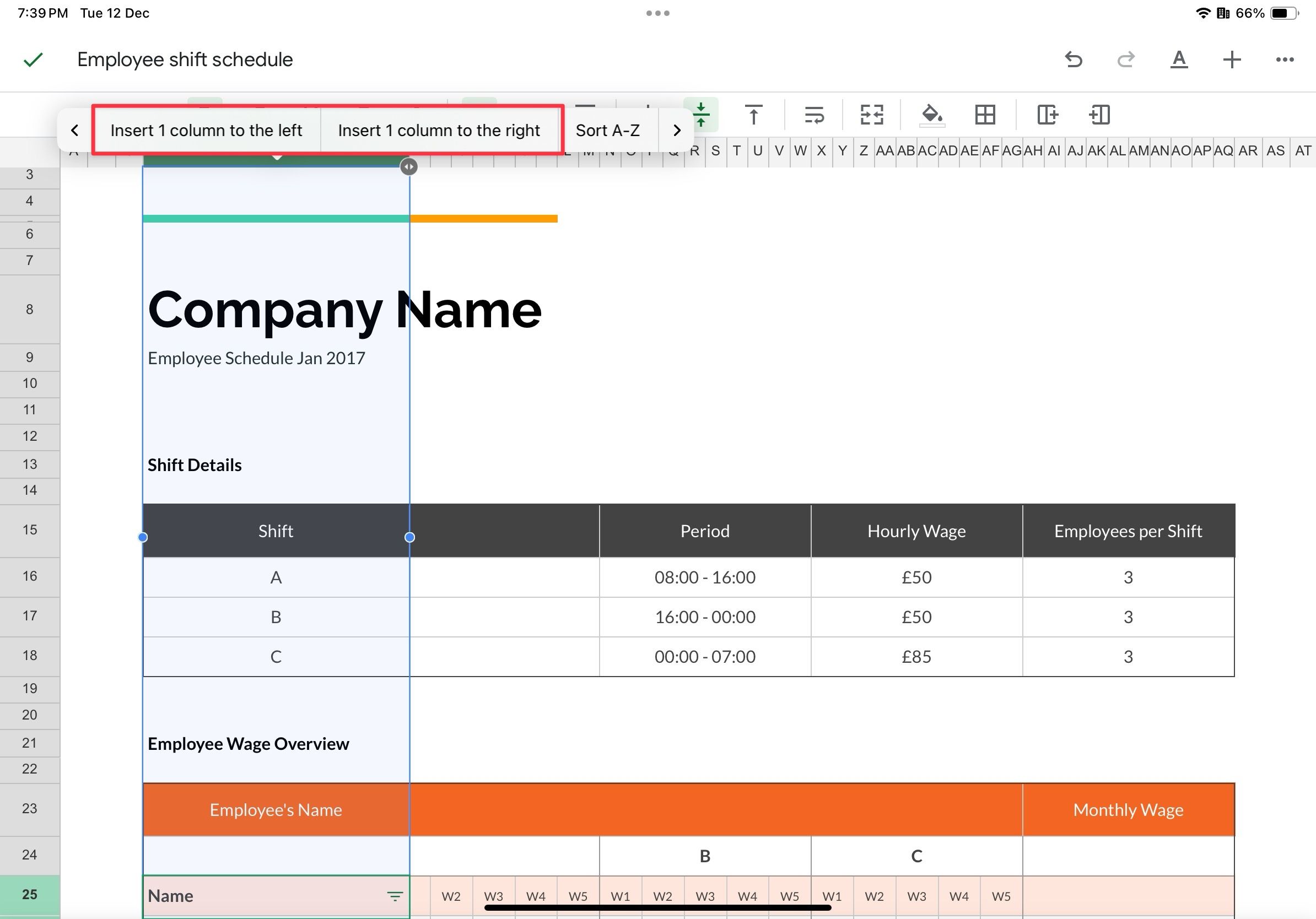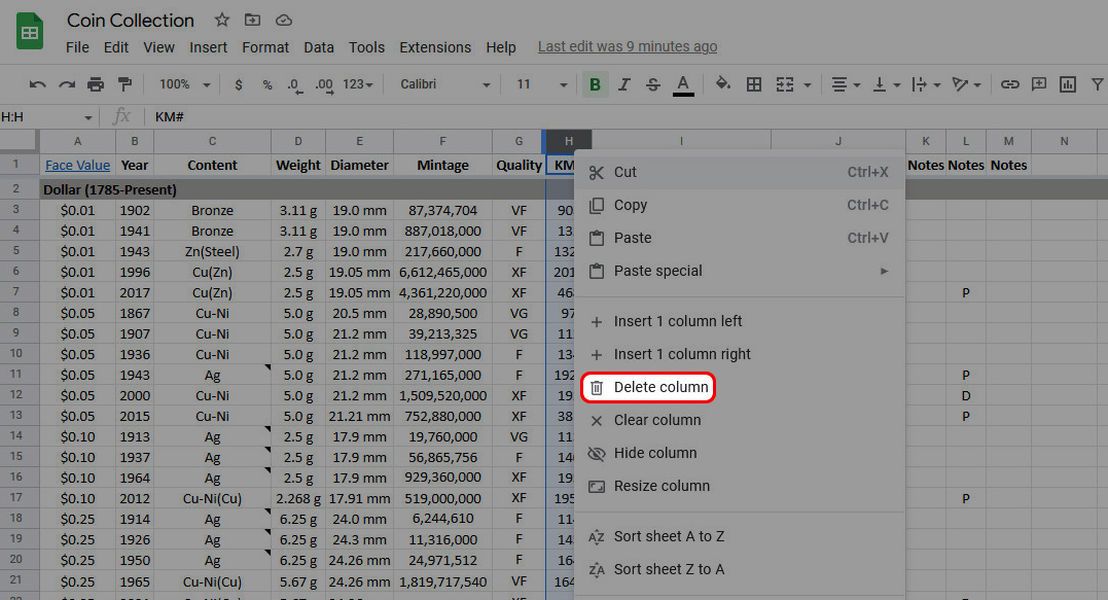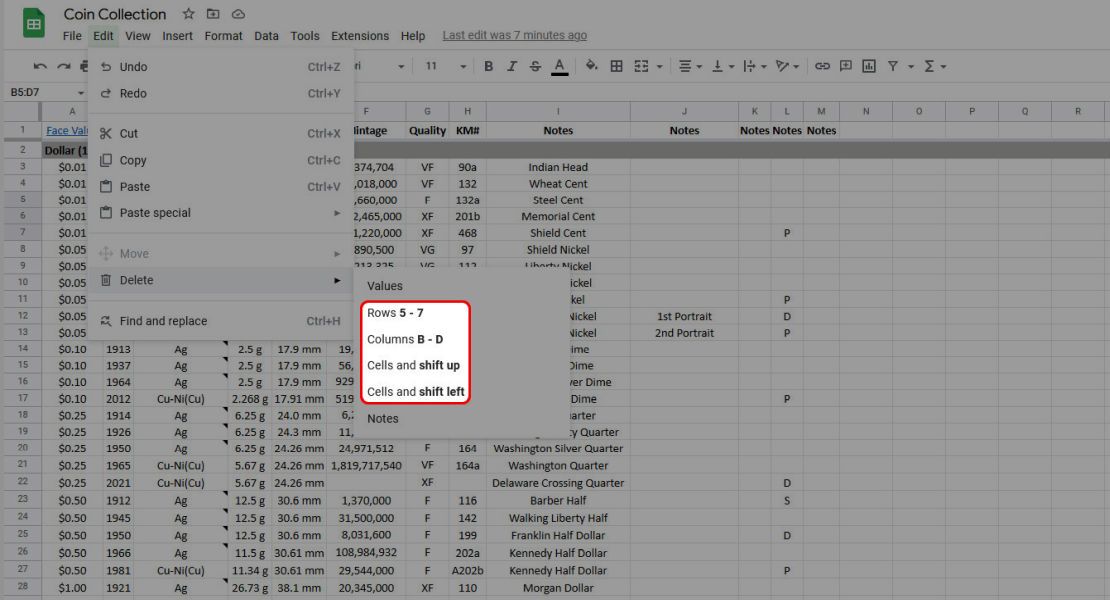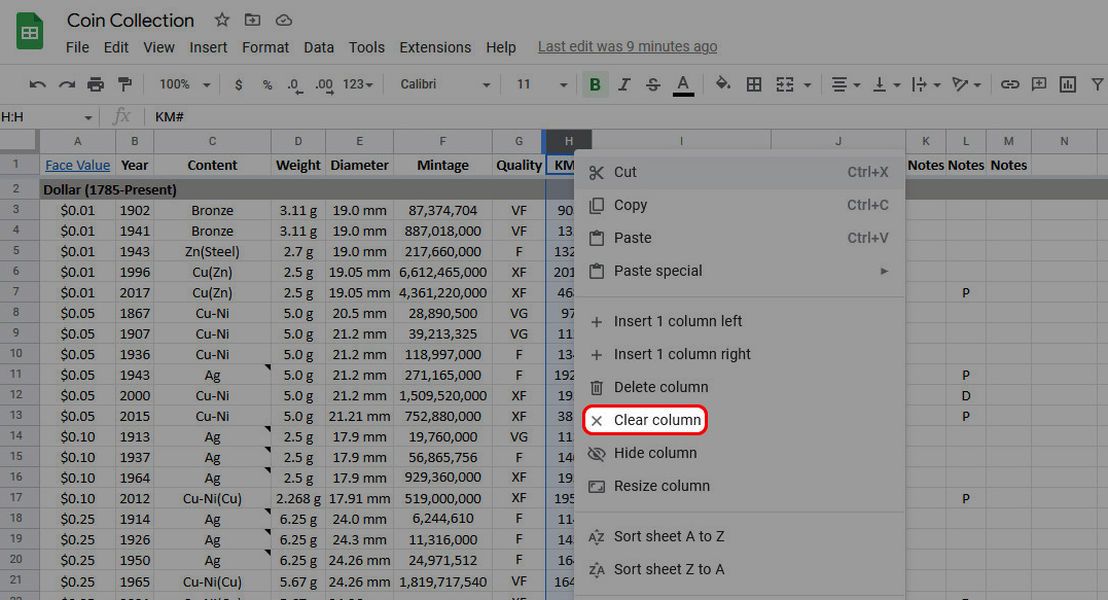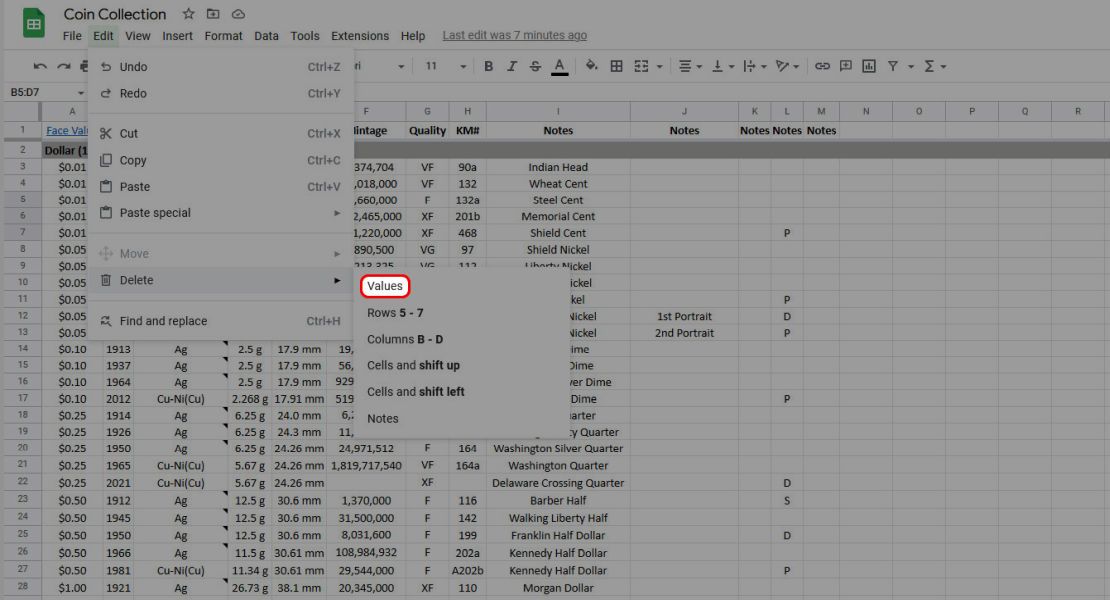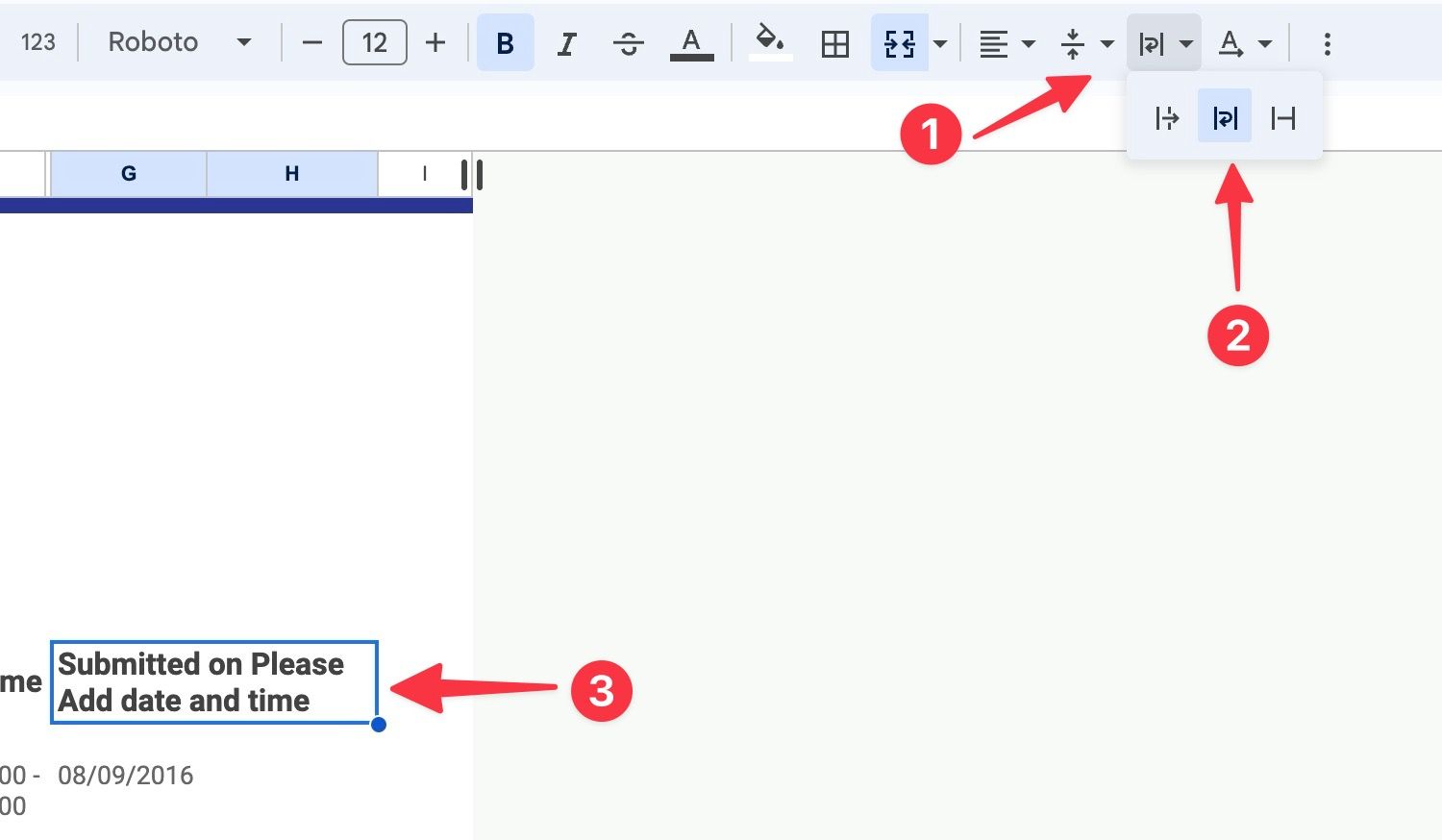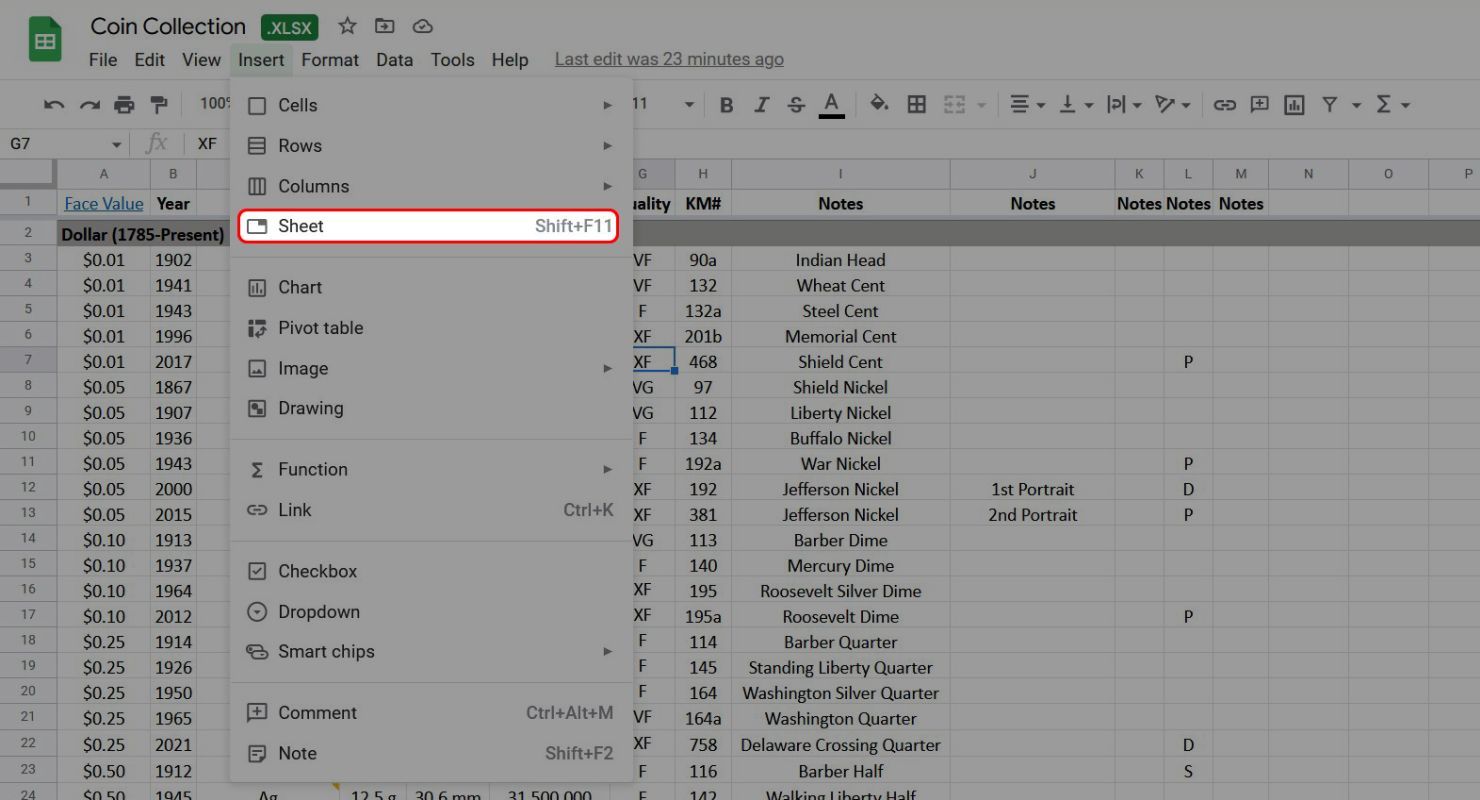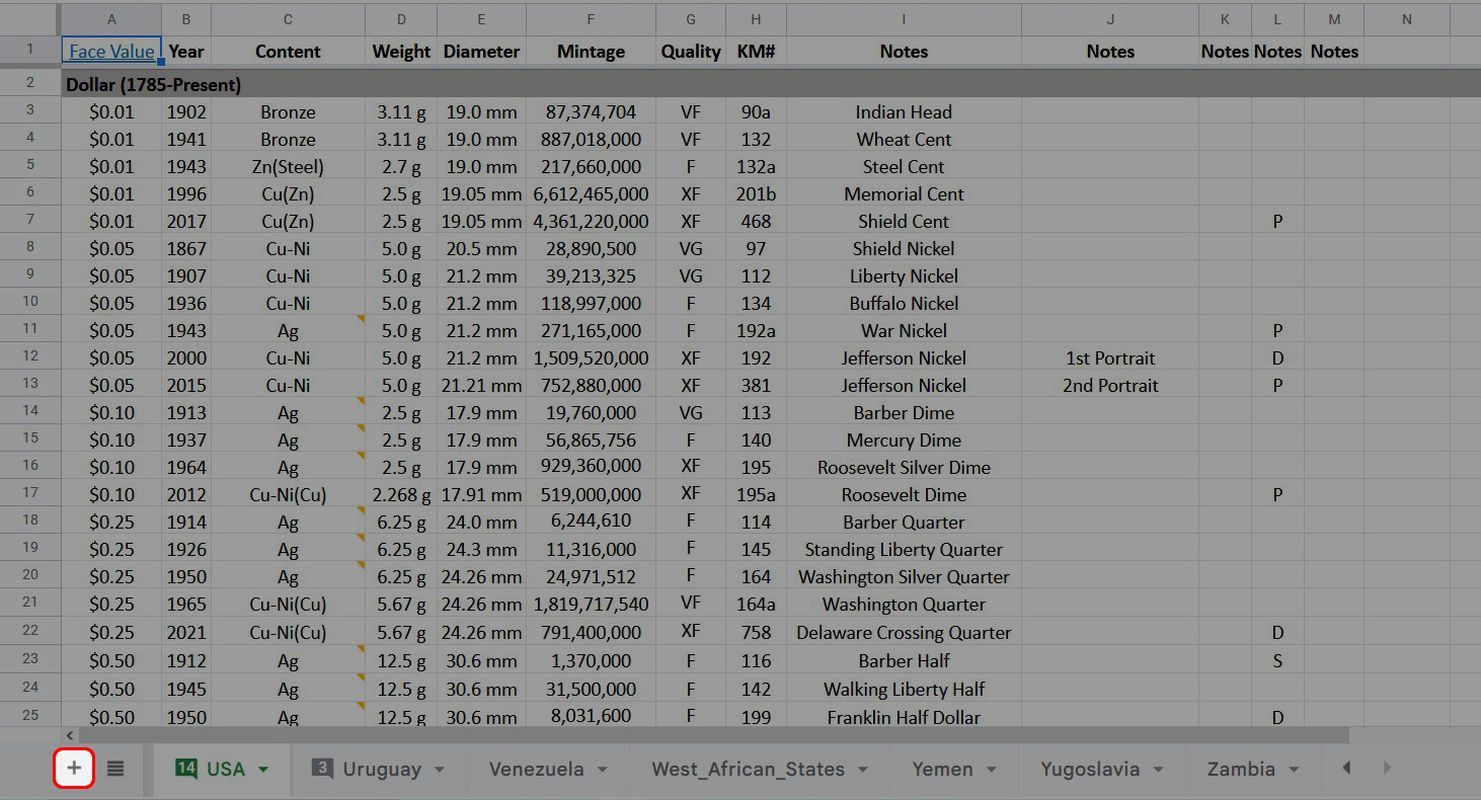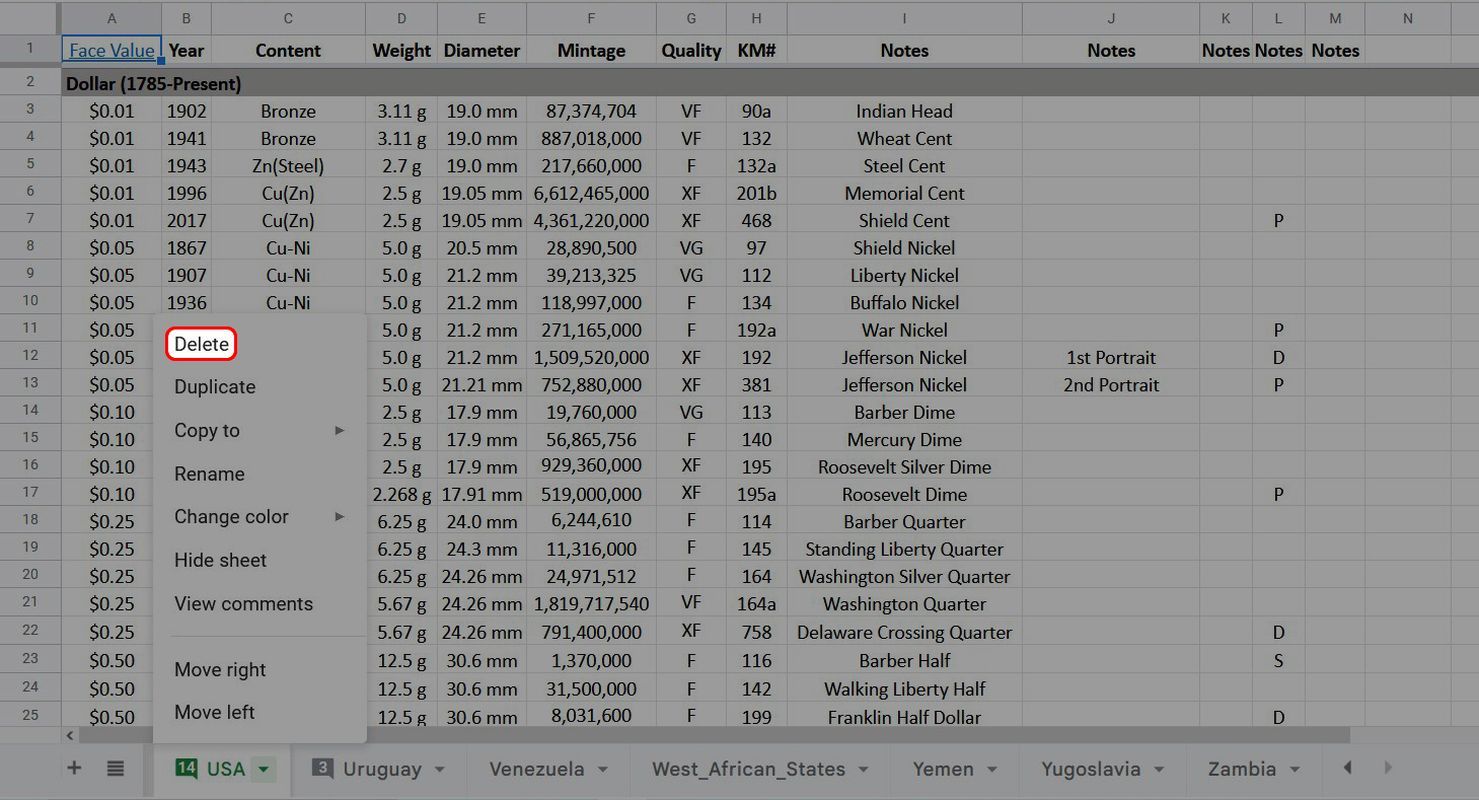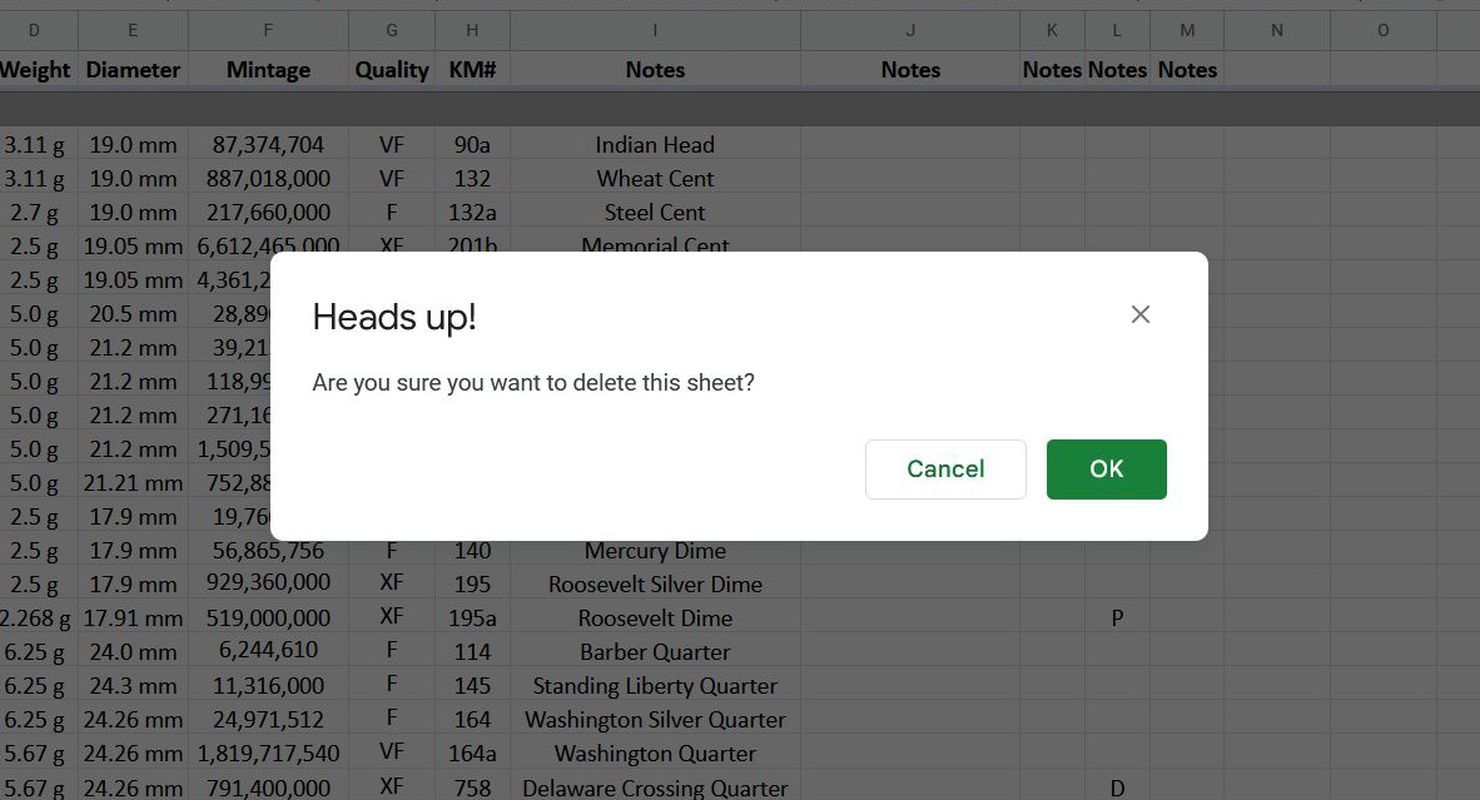Spreadsheets organize and manipulate data. Whether you keep track of your small business expenses, catalog your Warhammer 40,000 collection, or compare the best Android tablets on paper, spreadsheets get the job done. If you use Android, your spreadsheet of choice is likely Google Sheets.
But data changes. Sometimes, you need to add data, delete old entries, and make adjustments based on updated information. Organizing your data means deleting a row of cells or inserting a column. These changes can be managed and accomplished with a few clicks or taps.
How to add rows, columns, and cells in Google Sheets
Let's say you're a coin collector and organize your collection in Google Sheets. But you forgot to add a column to track how much you paid, and you don't want it at the end of your spreadsheet. Instead, you want it between two columns. In the browser, there are two ways to get this done.
Insert a column
-
Highlight the column (or an individual cell in the column) after which you'd like to insert the new data.
- After highlighting the data, right-click the cells. Or, hover over the column header and click the down-arrow icon.
-
From the menu, select Insert 1 column right.
The data to the right of the highlighted column shifts one cell to the right to make way for the new column. You can also select Insert 1 column left to shift the selected column, and everything to the right of it, one cell to the right.
Insert a row
In this coin-collecting scenario, you might want to insert a row into your spreadsheet to make way for a new coin. The process for inserting rows is similar to inserting columns.
-
Highlight the row (or single cell in the row) before or after which you want to insert new cells.
- Right-click the highlighted cells.
-
Select Insert 1 row above or Insert 1 row below, depending on your needs.
Insert a single cell
You may want to insert a single cell, and the process is much the same, except you can only insert the new cell below or to the right of your selected cell.
-
Select the cell below or after which you want to insert an additional cell.
- Right-click the selected cell.
- Hover over Insert cells.
-
Select either Insert cells and shift right or Insert cells and shift down.
Don't like to right-click? After highlighting a row, column, or cell, click Insert from the top menu, then select what you need to do from the drop-down menu.
Insert multiple rows, columns, or cells
When using the web app, you can insert more than one row, column, or cell at a time. The steps are the same, except you highlight the number of rows, columns, or cells you want to insert. After that, choose the side of your selection where you want to insert the new cells.
You can also insert rows by scrolling to the last row in the spreadsheet. Go to the bottom of the window to find a button and an input box to add an arbitrary number of rows to the bottom of the sheet. The default number of rows in a Google Sheet is 1,000, so this isn't a feature you're likely to use too often.
Change row height or column width
You can also change the row height or column width based on your preference.
- Open a spreadsheet in Google Sheets.
- Select a row number of column letter.
-
Right-click it and select Resize row or Resize column.
-
Type a custom height or width. You can also resize a column or row to fit the data. Select OK.
You can also place the cursor over a row or column and drag the edge to resize it. Another handy trick is to double-click the edge to fit the row or column size to the data.
Insert rows and columns on Google Sheets mobile
If you're on mobile, the process is essentially the same:
- Highlight the row, column, or cell before or after which you want to insert cells.
- Tap the + button.
-
Select the side of the data where you want to insert the new cells.
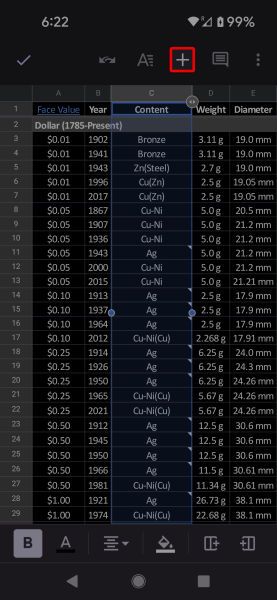
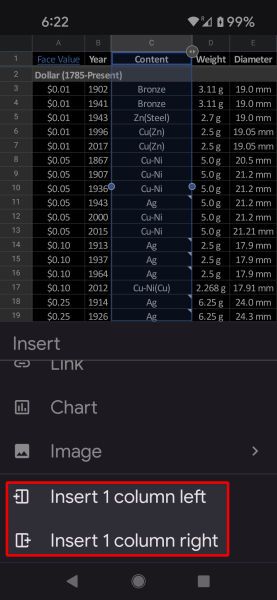
Insert rows and columns on Google Sheets for iPad
Google offers a Sheets app on a tablet. Viewing and editing your spreadsheets is a better experience on a tablet. If you use Google Sheets on an iPad, go through the steps below to add rows and columns on the go.
- Launch Google Sheets and open a spreadsheet on your iPad.
-
Tap + in the upper-right corner and check the options to add a row above or below and a column on the left or right.
-
Or tap column at the top and use the floating menu to insert a column to the left or right.
- Tap a row number and insert one row above or below.
How to delete rows, columns, and cells on Google Sheets
Deleting rows, columns, and cells in the browser follows the same process as inserting:
- Highlight the data you want to delete.
- Right-click the highlighted data.
-
Select Delete row, Delete column, or Delete cell.
Likewise, you can use the menu in much the same way that you insert cells.
- Highlight the data you want to delete.
- Click Edit from the top menu.
- Hover over Delete.
-
Select Row, Column, or Cells.
The difference is that for deleting rows or columns, the existing cells automatically shift up or left, respectively. When you delete cells, you can pick whether you want your data to be shifted up or left.
Delete data on the mobile app
You can't delete and shift a single cell or group of cells on a mobile device, but you can delete rows or columns.
- Highlight the row or column to be deleted.
- Tap anywhere in the selected area.
- From the pop-up menu, select the three-dot overflow menu on the right.
-
Tap Delete.
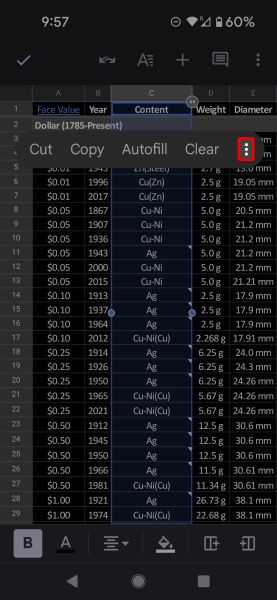
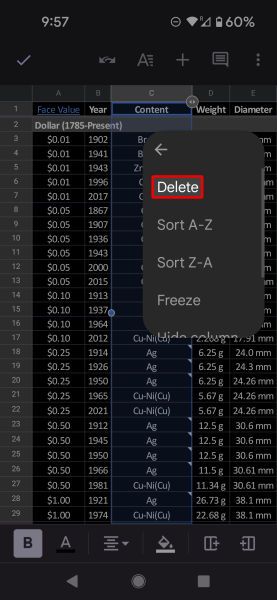
Deleting a row shifts the lower cells up. Deleting a column shifts cells to the right of the deleted column to the left.
Clear data from cells
You may not want to shift your non-deleted cells. If you want to empty the cells of information without any shifting, there are a couple of ways to go about it. The fastest is to highlight the information you want to clear and press Delete on your keyboard. You can also accomplish it from a context menu using a right-click.
- Highlight the row or column to be cleared (this method can't be used with cells).
- Right-click the highlighted content.
-
Select Clear row or Clear column.
You can also accomplish the same thing by using the menu at the top of the screen.
- Highlight the content you want to clear (row, column, or cells).
- Click Edit from the top menu.
- From the drop-down menu, hover over Delete.
-
Select Values.
Clear data from rows or columns on mobile
If you want to clear rows or columns without moving other cells on mobile, the process is similar to deleting and shifting.
- Highlight the row or column to be cleared.
- Tap the highlighted content.
-
From the pop-up menu, select Clear.
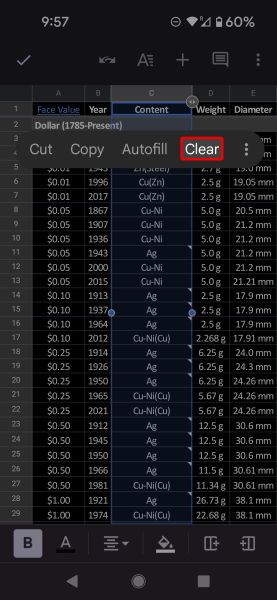
If you're only clearing a cell, not an entire row or column, tap the three-dot overflow menu to access the Clear command.
How to wrap text in a cell
If too much cell content displays, wrap the text instead of modifying the row height or column width.
- Open a spreadsheet in Google Sheets.
- Select a cell in which you want to wrap text.
-
Click the Text wrapping option in the top toolbar. Select Wrap.
Google Sheets resizes the content to fit the content.
Adding and deleting sheets
When the one-dimensional constraints of a row or column are too meager to manage your data, add a new sheet to your spreadsheet. If you haven't worked with spreadsheets much, a sheet is a two-dimensional array of cells where your data is placed. When creating a new Google Sheets document, it's automatically created with one sheet. More can be added.
Adding and deleting sheets in Google Sheets using the browser
There are three ways to add a new sheet to your spreadsheet in the browser app.
-
From the ribbon menu, click Insert, then select Sheet from the drop-down menu.
- Use the keyboard shortcut Shift + F11.
-
Click the + icon in the lower-left corner of the window.
You can keep track of your sheets at the bottom of the window. Each one is represented by a tab.
There are two ways to remove sheets from your spreadsheet:
- Click on the ▼ icon on the right of the sheet tab, then select Delete from the pop-up menu.
-
Right-click the sheet tab at the bottom of the window, then select Delete from the context menu.
To delete multiple sheets at once, select more than one sheet (press Ctrl + Click to select multiple), then right-click and select Delete from the context menu.
Before Google Sheets removes the sheet, it asks you to confirm.
Adding and deleting sheets in Google Sheets using the mobile app
-
To add a sheet using the mobile app, tap the + icon in the lower-right corner.
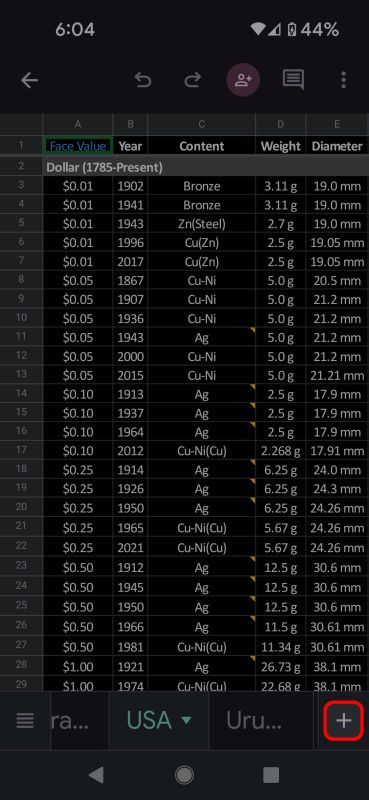
-
To delete a sheet in the mobile app, tap the ▼ icon on the right of the sheet tab you wish to delete, then select Delete from the pop-up menu.
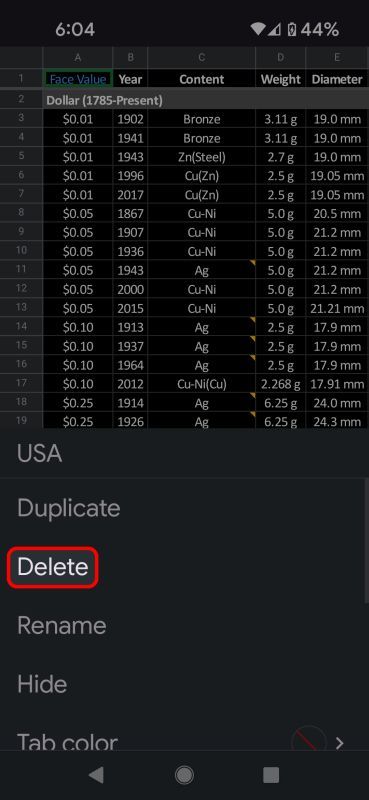
Put your data on lockdown
You are now a pro at cell and sheet manipulation in Google Sheets. When you don't want anyone to edit or delete your numbers, or if you want to prevent yourself from accidentally deleting them, learn how to lock cells in Google Sheets.

